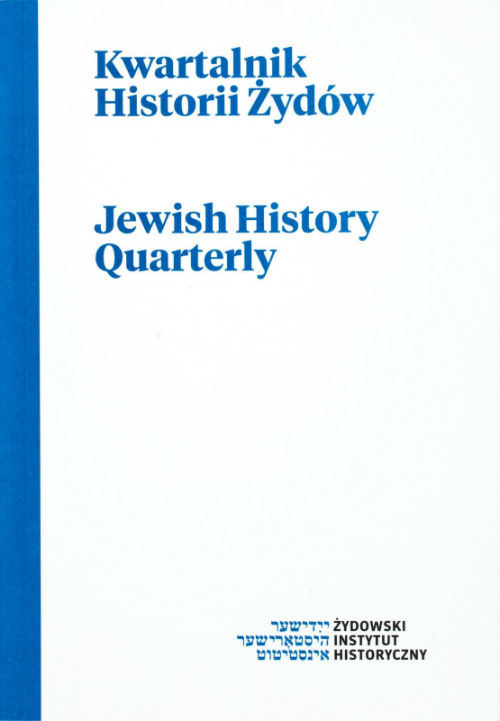Die Sogenannten Hollaender in Masovien im XVIII Jh. Ihre Siedlungs- und Religionsstrukturen im Vergleich zur juedischen Lebenswelt
The so-called Dutchmen in 18th Century Mazovia, Their settlement and religious structures compared to Jewish world
Author(s): Paweł FijałkowskiSubject(s): History
Published by: Żydowski Instytut Historyczny
Keywords: Mazovia; settlement; Mennonites; Jews
Summary/Abstract: The main religious and ethnic minorities in Mazovia’s history were the Jews, who first came here in the 13th century, and Protestants, chiefly Mennonites and Lutherans of German or Netherlandic descent (so-called holendrzy, olendrzy), who began settling in the region in the first half of the 17th century. The Protestants were not nearly as numerous as the Jews (in the second half of the 18th century there were approximately 1090 and 9650 of them respectively), but both groups formed similar organizational structures, divided into several levels, serving the satisfaction of the religious needs of their members, scattered over a large area. The centers (parishes, kehillahs) were typically in the towns, with branches in bigger villages catering to people living in the remaining smallest communities. There were also other similarities, e.g. between the Jewish and the Mennonite sepulchral art, both in terms of form and religious symbols.
Journal: Kwartalnik Historii Żydów
- Issue Year: 220/2006
- Issue No: 04
- Page Range: 530-534
- Page Count: 5
- Language: German

